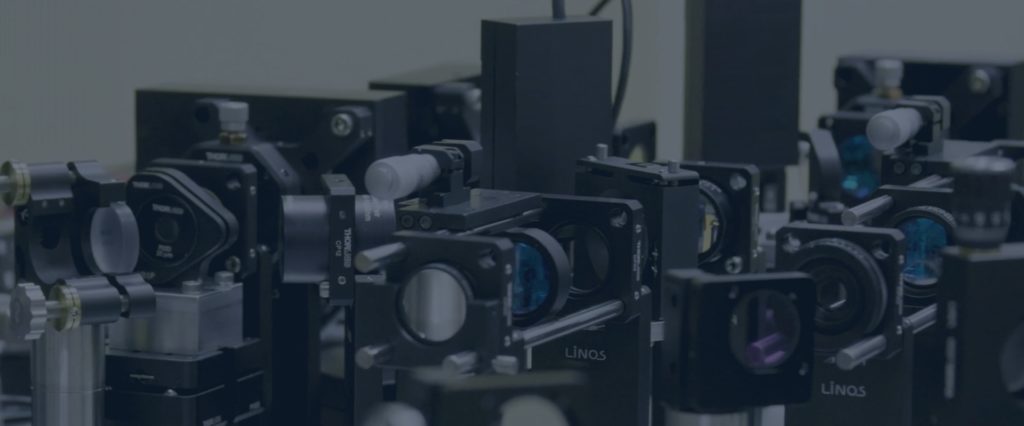This year at the Association for Research in Vision and Ophthalmology (ARVO) Annual Meeting, there were some notable differences from past years. There was a shift in focus in the use of adaptive optics from talking about the technology to making discoveries. Here are the two major indicators:
1) Adaptive Optics is leaving the Title Page
In past years, there has been amazing research produced from the labs the likes of Roorda, Burns and Williams. But, you’ll have to admit that for many of these studies the big “wow” in using adaptive optics for imaging the eye has been the technological innovation and the impressive science and not necessarily the clinical applications. One indicator of this change is the fact that until this year, most of the papers presented at ARVO which used adaptive optics contained the term “adaptive optics” in the title and not just the abstract. This year, that number dwindled significantly as the main focus shifted away from coolness factor. Whether it be new discoveries of cone structure properties with subjects which have genetic mutations or realizations about different types of color blindness, it is now the science and the promise of clinical applications that is center stage and not the technology.
2) Posters and presentations are showing fewer optical layouts
I spent three days last week at ARVO reaching out to the community and listening in on what is new and interesting. I found it difficult to figure out which mirror was used in any given experiment. This is simply due to the fact that most of the presentations and posters did not specifically call out what equipment was used in their research. As much as this made my job a little more difficult, I welcome this progression. It means that AO is becoming just another piece of equipment rather than a unique addition.
I welcome you to visit the ARVO site and type “adaptive optics” into the keyword finder. There, you’ll discover all of the interesting research that is going on in the industry related to our mirrors. The main takeaways that I had from the show:
- Precision+stroke = success
The removal of higher-order aberrations is most often paramount in obtaining high-quality images. However, while low-order aberrations can be removed with fixed optics, increased stroke is key to convenience and in some cases, performance. To that end, more and more woofer-tweeter systems (using two deformable mirrors: one long-stroke, low precision and the other short-stroke, high precision) are being used to obtain great images. Check out the upcoming June issue of Photonics Spectra for a byline article on the topic.
- Two-photon: The next frontier in vision science?
While there were very few groups using this two-photon fluorescent microscopy, this is a discipline that I found very interesting and I think it could be a new avenue beyond scanning laser ophthalmoscopy (SLO) and optical coherence tomography (OCT) for retinal imaging.
- Wide-field AOSLO imaging
Until recently, the only way to image a large region of the eye and gain any perspective on where you were imaging was to use a fundus image and take the small-area images from the AO imaging system and line them up with key features: Not an easy task. This year, Steve Burns unveiled his newest instrument where he was able to scan over multiple areas using an adaptive optics SLO and create a composite wide-field image of the retina. While this task is equally difficult, it offers a new exciting approach to this process and holds promise for advances in imaging the retina.
Check more
Related Articles

Defense TechConnect Conference and Expo: Fun in the Sun with the MRR
Last week I was fortunate enough to be able to parade BMC’s Modulating RetroReflector (MRR) in front of multiple audiences affiliated with the Defense community at the Defense TechConnect (DTC) Conference and Expo in Tampa, Florida.
# Adaptive Optics Scanning Laser Ophthalmoscope 11.01.2018
Read more
MiFoBio 2018: AO Microscopy in Action
Recently, Boston Micromachines sponsored MiFoBio (Functional Microscopy in Biology), an event that brought together the microscopy community, academics and professionals alike, to attend courses and workshops that explored the understanding and current trends of biological imaging.
# Adaptive Optics Scanning Laser Ophthalmoscope 10.16.2018
Read more
